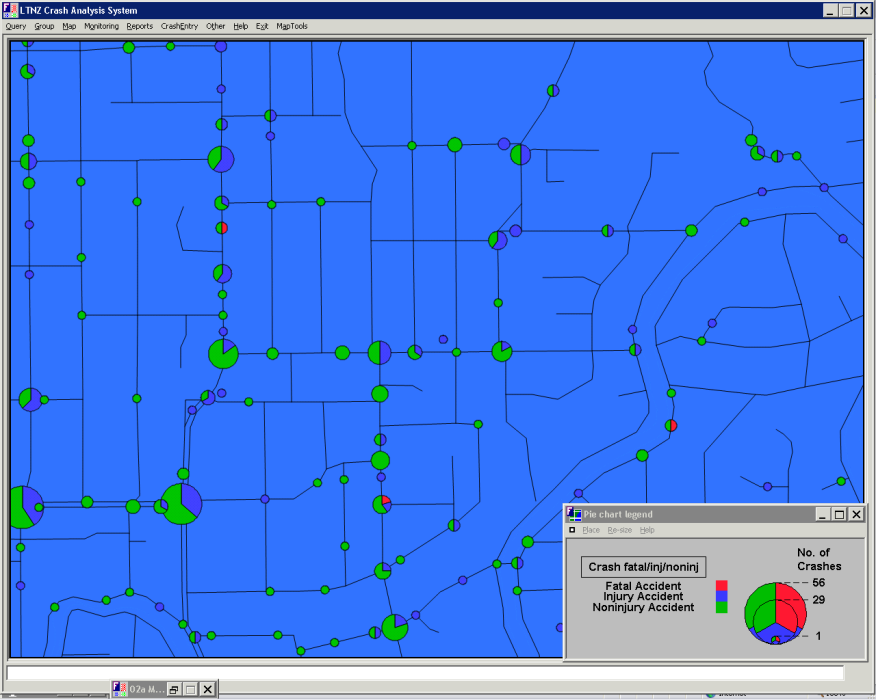

Tow yards, repair facilities, and impound lots provide access to damaged vehicles. Medical records are the primary source of data on the nature and severity of injuries. NHTSA is recognized by the Department of Health and Human Services as a Public Health Authority, allowing the medical community to provide access to its records. LCC technique is a cluster analysis techniques widely used technique for the segmentation of road accident data.LCC is a probability based cluster analysis technique. FAA Workshop on Use of Dynamic Analysis Methods in Aircraft Certification 2016 Experimental Setup: Fixture and Instrumentation Validation Experimental Methods for Crash and Impact 9 We continue to develop and refine methods to quantify the uncertainties in all measured data (speed, impact location, etc. Law enforcement agencies also permit access to certain roadways and crashed vehicles. The k-mode algorithm is quite efficient in handling large categorical data. Police crash reports – which provide key information on the location of the crash, the vehicles involved, and where the injured were taken for medical care – are obtained and treated as confidential documents.

CISS collects data on a representative sample of minor, serious, and fatal crashes involving at least one passenger vehicle – cars, light trucks, sport utility vehicles, and vans – towed from the scene.ĬISS depends on the participation and cooperation of law enforcement agencies, hospitals, physicians, medical examiners, coroners, insurance companies, salvage factilities, tow yard operators, repair shops, and the people involved in crashes.Ĭooperation from law enforcement agencies enables CISS to list and select crashes to be studied. CISS collects detailed crash data to help scientists and engineers analyze motor vehicle crashes and injuries. NHTSA’s crash data collection program consists of the Crash Investigation Sampling System (CISS), the Fatality Analysis Reporting System (FARS), the Crash Report Sampling System (CRSS), Special Crash Investigations (SCI), Non-Traffic Surveillance (NTS), the Crash Injury Research & Engineering Network (CIREN), and special studies conducted to address various safety topics. The CISS builds on the retiring, long running National Automotive Sampling System Crashworthiness Data System (NASS CDS). The National Highway Traffic Safety Administration has collected crash data since the early 1970s to support its mission to reduce motor vehicle crashes, injuries, and deaths on our Nation’s highways.


 0 kommentar(er)
0 kommentar(er)
